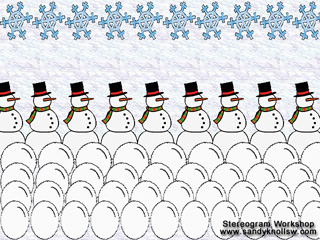
You can see the finished Metes and Bounds drawing on the Smith Road: The Moffat Lots page of this website. There's no way I could have done that with graph paper and a protractor.

The most complicated drawing I attempted with the software had 31 measurement descriptions outlining an "island", followed the Nappan river for a time, and included a "sight line to a birch tree" all superimposed on a Google Map. I was particularly interested in matching original properties to modern ones, so I also wanted the ability to superimpose my drawings over imported maps.

That gave me the ability to draw freehand the boundaries that followed rivers, etc.
#Sandy knoll metes and bounds pro#
So I decided to purchase the Pro Version of the software and use it on my MacBook Pro where I could draw more easily with a mouse. I also wanted to be able to merge multiple drawings while keeping them in separate layers so I could match up adjacent properties. However, in the real world of deeds, it's more likely that a boundary will be a river or an unknown distance "to the big cherry tree" so I needed to be able to draw portions of lots freehand. The app was great for making simple drawings of lots where all the boundaries were described by angles and measurements. I soon discovered that my attempts at drawing various properties using graph paper and a protractor were not very accurate and that it really helped to have an accurate drawing to better visualize a property. The app allows the option of using rods and chains instead of having to convert measurements to feet or metres. It was very handy for learning about angles and directions and how they translate into shapes. My favourite of the apps I tried was called Metes and Bounds by Sandy Knoll Software and I bought the basic app version on my iPad at first. Have you ever read a deed and tried to visualize or draw the boundaries of a property? I've been experimenting with various plat drawing apps and software with the help of a friend who is a professional surveyor.


 0 kommentar(er)
0 kommentar(er)
